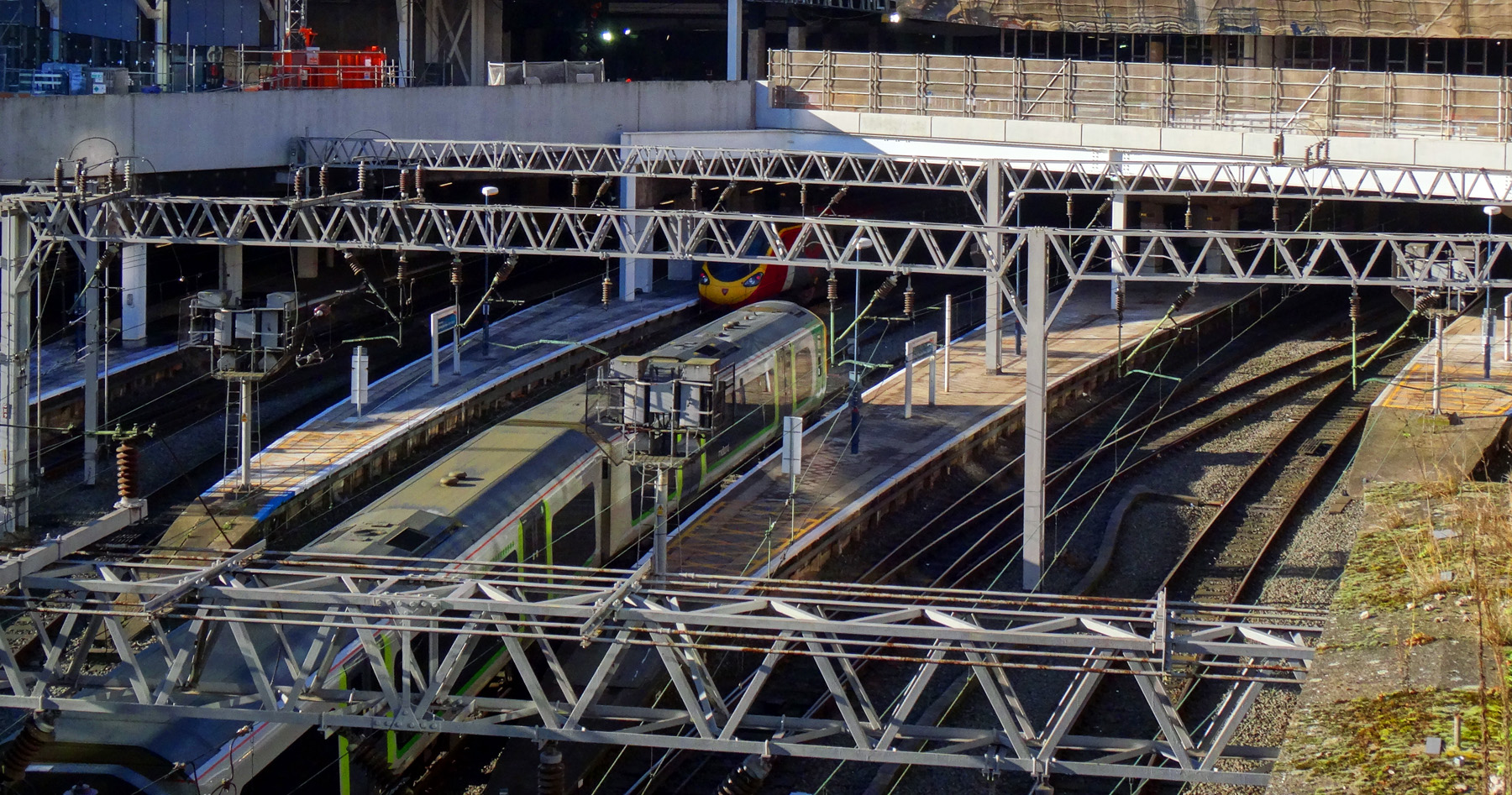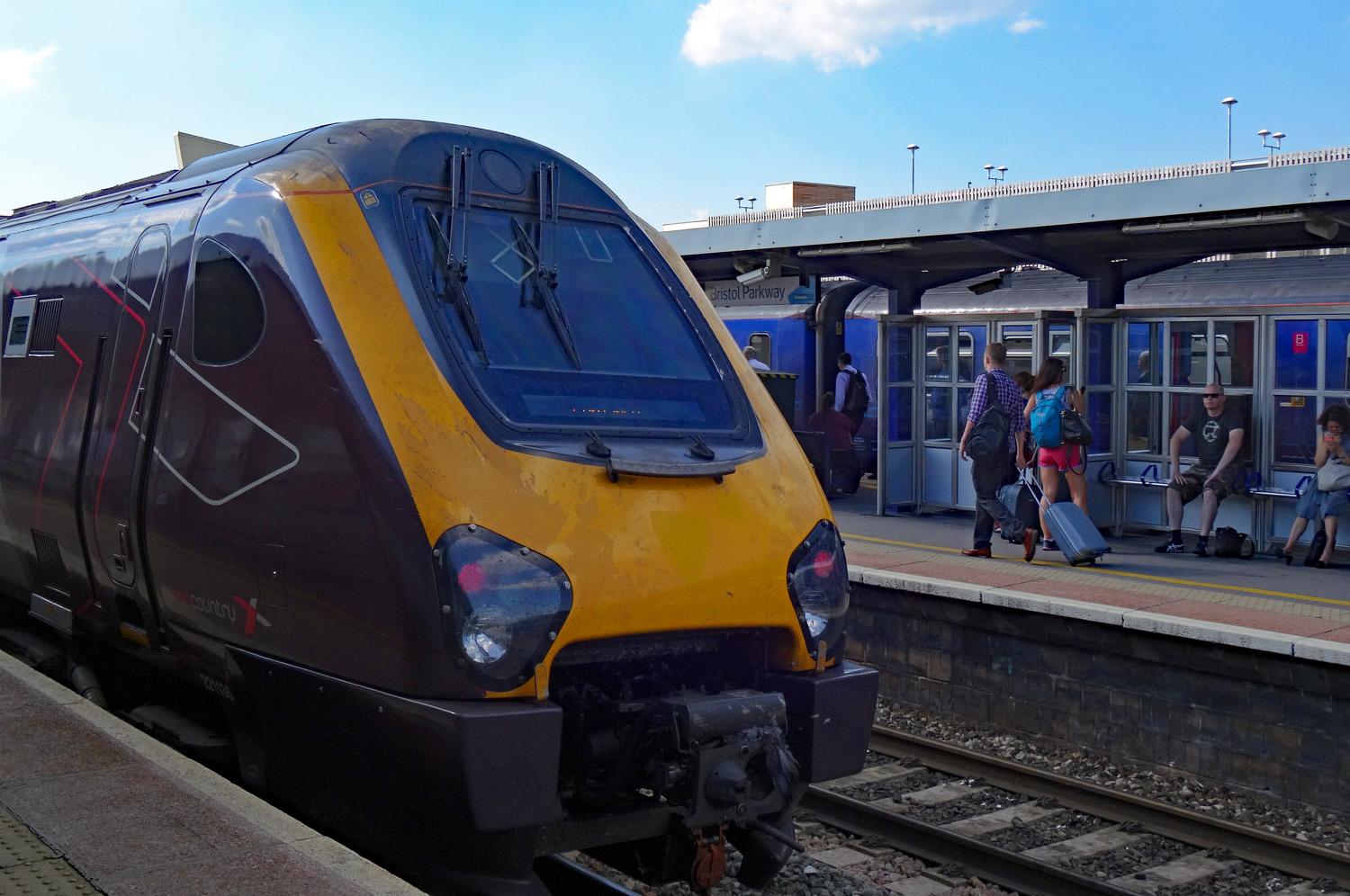Rail reorganisation

Back in October 2020 in the blog All change for the railways, we looked at the emergency measures for running the railways in Great Britain following the collapse in rail traffic because of the COVID-19 pandemic. We also looked ahead to plans for reorganising the railways, with the expectation that the current franchising system would be scrapped and replaced with a system whereby the train-operating companies (TOCs) would be awarded a contract to run rail services. They would be paid a performance-related fee. All ticket revenues would go to the government, which would bear the costs and the risks. While this would not be quite renationalisation, it would, in effect, be a contract system where private companies are paid to deliver a public service.
 The Transport Secretary, Grant Shapps, has just announced the new system in a White Paper, which is indeed the anticipated contract system. The White Paper has drawn on the findings of the Williams Rail Review, independently chaired by Keith Williams.
The Transport Secretary, Grant Shapps, has just announced the new system in a White Paper, which is indeed the anticipated contract system. The White Paper has drawn on the findings of the Williams Rail Review, independently chaired by Keith Williams.
The new system has the following features:
- A new public-sector body, Great British Railways (GBR), will be created which will eventually absorb Network Rail.
- GBR will produce five-year business plans. It will also develop a 30-year strategy to shape the long-term development of the railways and will include plans to decarbonise the whole rail network.
- It will be in charge of planning and operating rail infrastructure in England, including track, signalling, stations and depots.
- It will work closely with the devolved rail authorities in Scotland, Wales, London, Merseyside, and Tyne and Wear.
- It will set timetables, plan train operations, set most fares, sell tickets (at stations and on a new dedicated website) and collect revenues.
- The ticketing system will be reformed, with a single integrated system of fares across England, and potentially the devolved rail authorities too. The website will show the best and cheapest options for any given journey. New flexible season tickets will be introduced, allowing workers to travel on limited numbers of days: e.g. eight days in any 28-day period. Also, a new single compensation scheme will simplify the system for refunds.
- Private train-operating companies (TOCs) will run trains over particular routes. They will bid for Passenger Service Contracts (PSCs), which will be awarded by competitive tender. They will be paid a management fee, rather than receiving revenues from ticket sales. The fees will include performance incentives and penalties, which will depend on meeting targets for punctuality, reliability, safety and cleanliness.
- Rolling stock (trains, locomotives and freight wagons) will continue to be procured from the private sector, which will generally be leased to TOCs. It is hoped that by awarding PSCs for a number of years, TOCs will be encouraged to make large-scale procurements of rolling stock.
- GBR in England will be divided into five regional divisions, which will be ‘accountable to customers for their journeys; manage PSCs, stations and infrastructure; procure private partners, such as operators and contractors; manage budgets both locally and regionally; integrate track and train at a local level; work with and be responsive to the needs of local and regional partners, and integrate rail with other transport services’.
- GBR will be held to account by the Office of Rail and Road (ORR), which will monitor its performance.
In its White Paper, the government has recognised that, in many ways, rail privatisation has failed. Page 13 states:
Breaking British Rail into dozens of pieces was meant to foster competition between them and, together with the involvement of the private sector, was supposed to bring greater efficiency and innovation. Little of this has happened. Instead, the fragmentation of the network has made it more confusing for passengers, and more difficult and expensive to perform the essentially collaborative task of running trains on time.
But will the new system bring a better integrated, more efficient, punctual, reliable and greener railway, with more investment, an enlarged network and lower ticket prices? These are certainly aims of the White Paper. But a lot will depend on the details, yet to be finalised.
 Crucially, it is not clear the extent to which the rail system will be subsidised. Will any subsidies internalise the positive externalities from rail travel? Also, it is not clear exactly what incentives and penalties will be introduced to encourage efficiency, punctuality, safety and cleanliness.
Crucially, it is not clear the extent to which the rail system will be subsidised. Will any subsidies internalise the positive externalities from rail travel? Also, it is not clear exactly what incentives and penalties will be introduced to encourage efficiency, punctuality, safety and cleanliness.
What is also not clear is the degree of contestability of rail routes and freight operations. Routes are contestable at the time of bidding for PSCs, with more efficient companies able to outbid the less efficient ones. But with changing conditions and the desire to maintain contestability, contracts need to be relatively short. However, it contracts are too short, there is no incentive for TOCs to invest in trains and infrastructure. Thus inherent in the PSC system is a tension between competition and investment.
It does seem that fares and tickets will be simpler, with greater use of ‘tapping in and out’ as in London and in many other countries, allowing fares to be capped when multiple journeys are made in any given time period. Ultimately, however, it is price, frequency, punctuality, comfort and reliability that are the crucial metrics. Success according to these will depend on how well GBR is run, how well the PSC system operates and how much the rail system is subsidised. The jury is out on these questions.
Video
 Great British Railways plan promises simplified fares in biggest rail shake-up since privatisation
Great British Railways plan promises simplified fares in biggest rail shake-up since privatisation
Channel 4 News, Gary Gibbon (20/5/21)
Articles
- UK rail looks to private sector in biggest shake-up since 1990s
- UK Rail Review – Williams-Shapps Plan for Rail
- Great British Railways: Franchises scrapped and changes to season tickets as part of major revamp to UK’s train network
- Great British Railways plan aims to simplify privatised system
- How is the UK government planning to change the rail network?
- Better rail services promised in huge shake-up
- Rail reform: What does the shake-up mean for you?
- Great British Railways: New public body to take over all trains and track in biggest reforms since privatisation
- Great British Railways body has been announced to run industry – but what about Scotland?
- There’s nothing ‘great’ about this new British Railways revamp
Financial Times, Philip Georgiadis, Andy Bounds and Jim Pickard (20/5/21)
The National Law Review, Graeme McLellan, Richard Hughes and John Voorhees (21/5/21)
Sky News, Paul Kelso (20/5/21)
The Guardian, Gwyn Topham (19/5/21)
The Guardian, Gwyn Topham (20/5/21)
BBC News (21/5/21)
BBC News, Kevin Peachey (21/5/21)
Independent, Jon Stone (20/5/21)
The Scotsman, Alastair Dalton (20/5/21)
The Guardian, Simon Jenkins (20/5/21)
Documents
- Great British Railways: Williams-Shapps plan for rail
- The Williams Rail Review
Department for Transport White Paper (20/5/21)
Department for Transport (21/5/21)
Questions
- Explain how the franchising system has worked. What problems have arisen with this system?
- If the proposed new system also involves contracts being awarded to train-operating companies, how is it better than the old franchising system?
- What were the Emergency Measures Agreements (EMAs) introduced in the pandemic and the Emergency Recovery Measures Agreements (ERMAs) which replaced them in September 2020? How similar are they to the proposed system of Passenger Service Contracts (PSCs) with train-operating companies?
- Identify the externalities involved in train travel? What is the best way of internalising them?
- Argue the case for and against making train travel cheaper by increasing subsidies.
- To what extent are individual rail routes natural monopolies? Does a franchising system overcome the problems associated with natural monopolies?